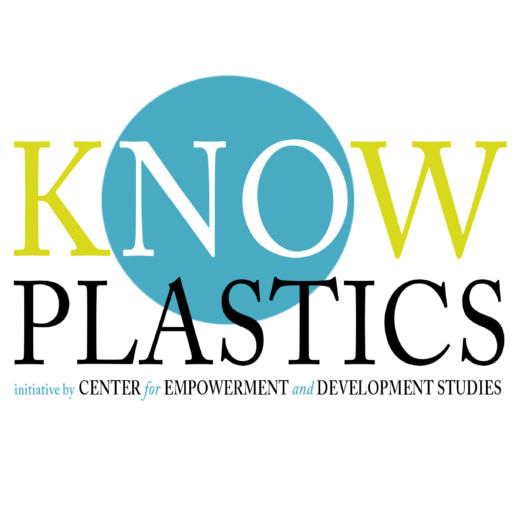Multiple stakeholders across the ‘plastics value chain, with a strong emphasis on prevention rather than mitigation, is what South Africa needs to solve its plastic problem, according to a new World Wide Fund for Nature report.
More than half of the plastic raw material production and imports into South Africa is in use for packaging applications (52%).
South African Plastics Facts & Futures Report
According to the South African plastic problem & Futures Report, which was released on November 4, 2020, it is responsible for the greatest volume of leakage into nature.
Plastic leakage into nature is because of product packaging. Such as sanitary towels, disposable nappies, cigarette butts, and certain types of fishing gear, according to the report.
Plastic Food packaging. However, nearly half of all plastic goods are in consumption in South Africa are designed for a short lifespan of less than 1-3 years. According to the document, they are frequently dumping plastic after a single-use.
Since 1994, there has been a more than 50% increase in availability. And consumption of food in plastic package in South Africa. The South African crisps market grew by 10.4% in 2017.
Plastic packaging
South Africa generates approximately 1,600 tonnes of plastic packaging waste per year. As a result of selling a billion units of crisps, biscuits, and chocolates through the country’s formal retail markets. According to the report, there was limited monitoring and reporting of comprehensive data for plastic material flows in South Africa. Data on indirect plastic imports and exports, waste generation, and leakage were all missing.
Despite South Africa’s thriving recycling industry, the report says that recycling was not a solution.
It also says that interventions were important throughout the plastic value chain rather than just the waste management sector.


